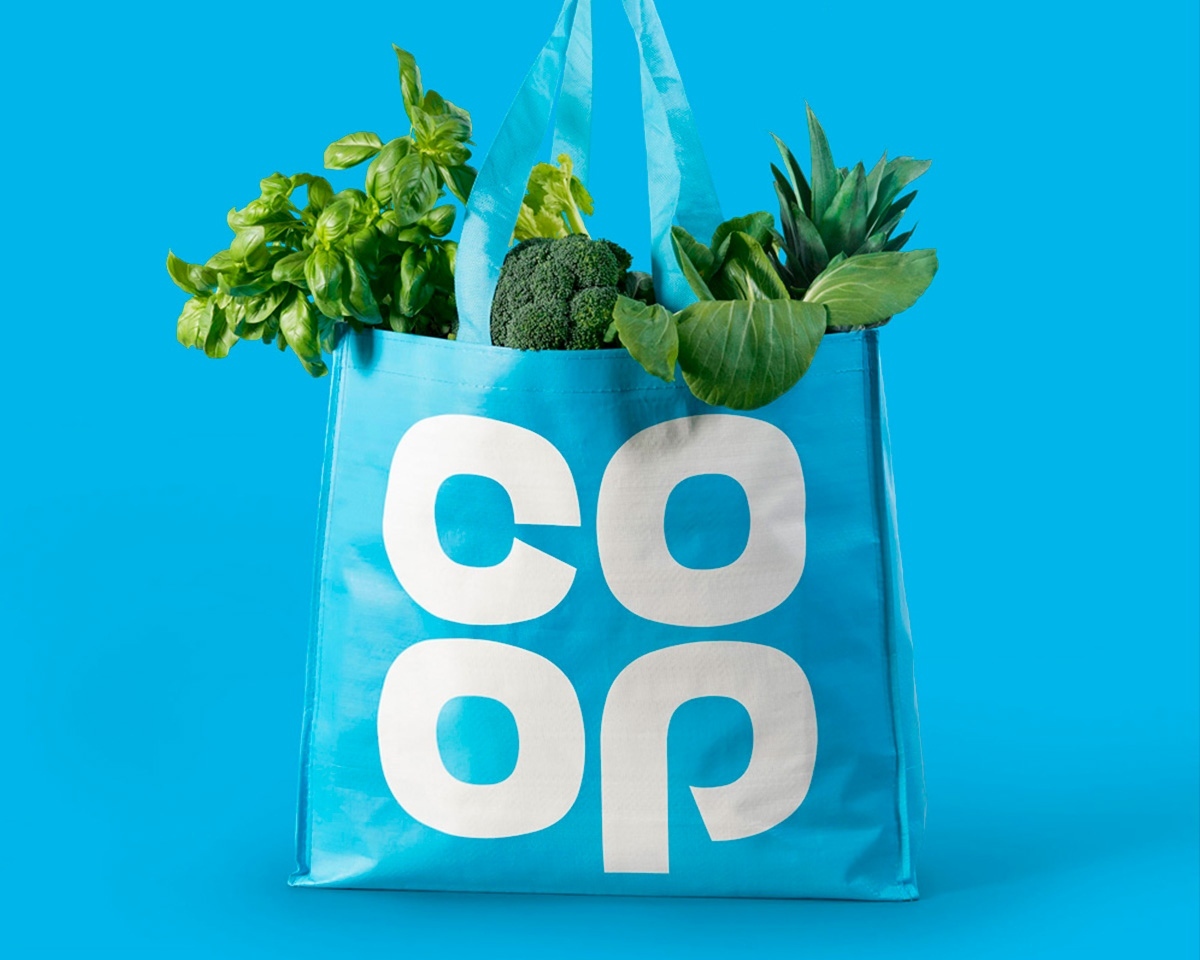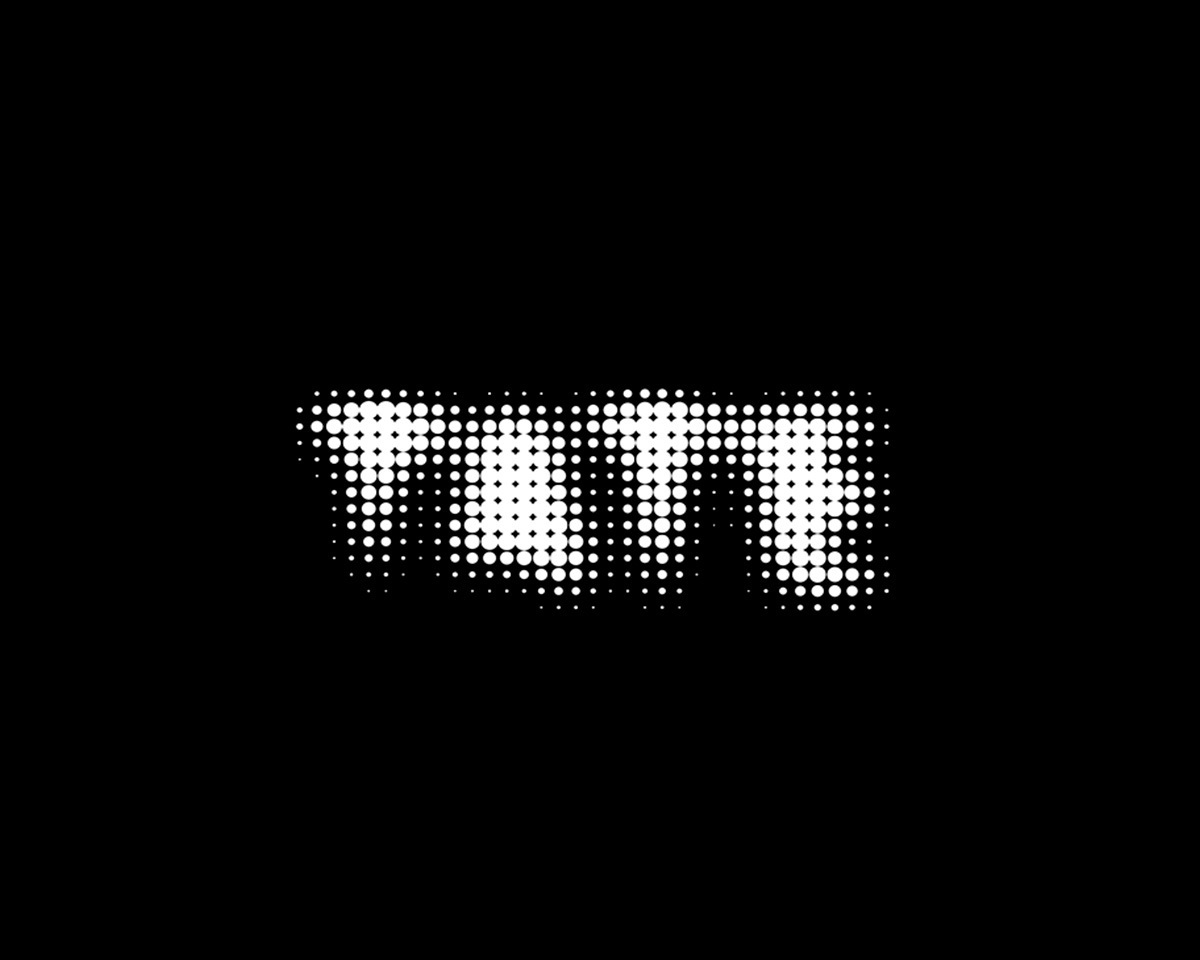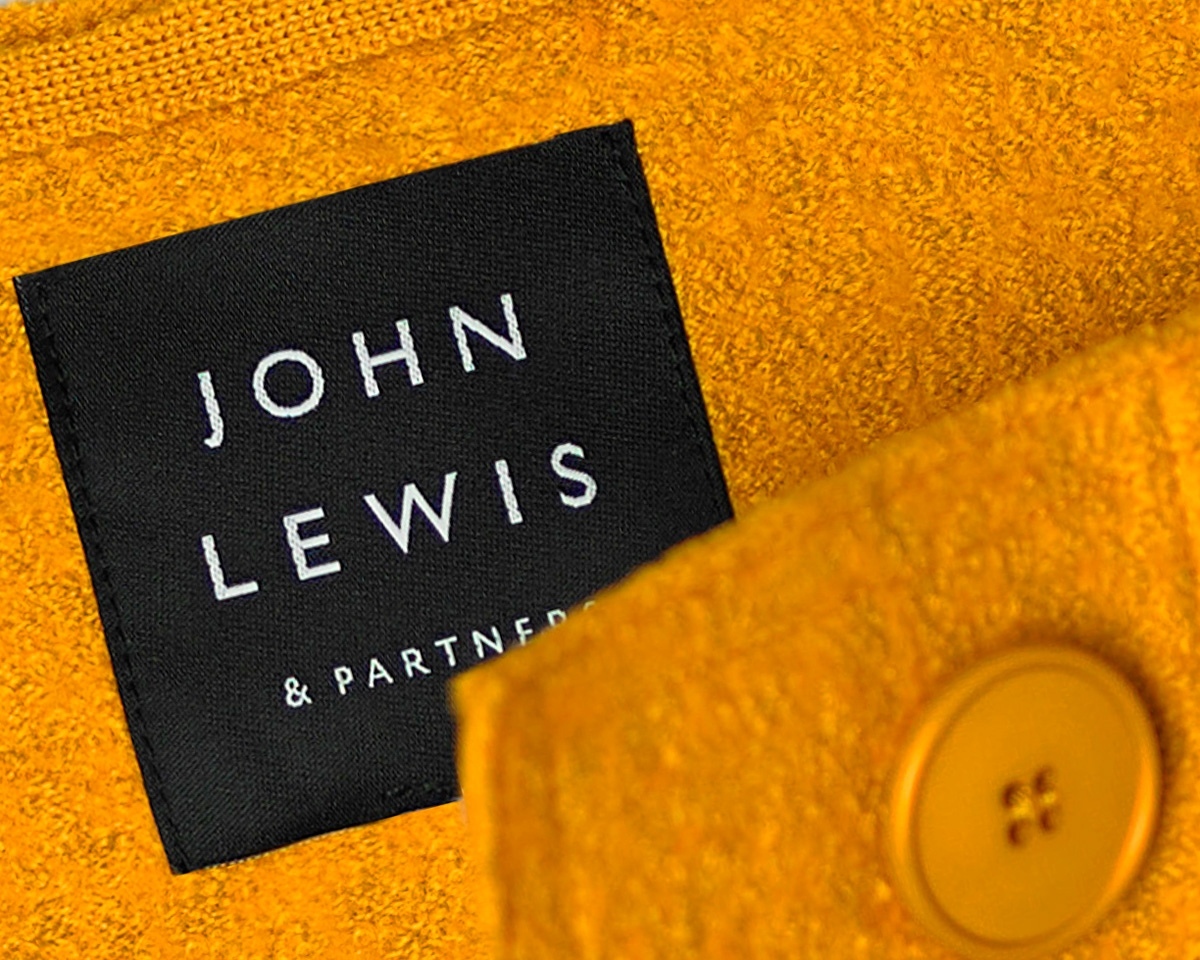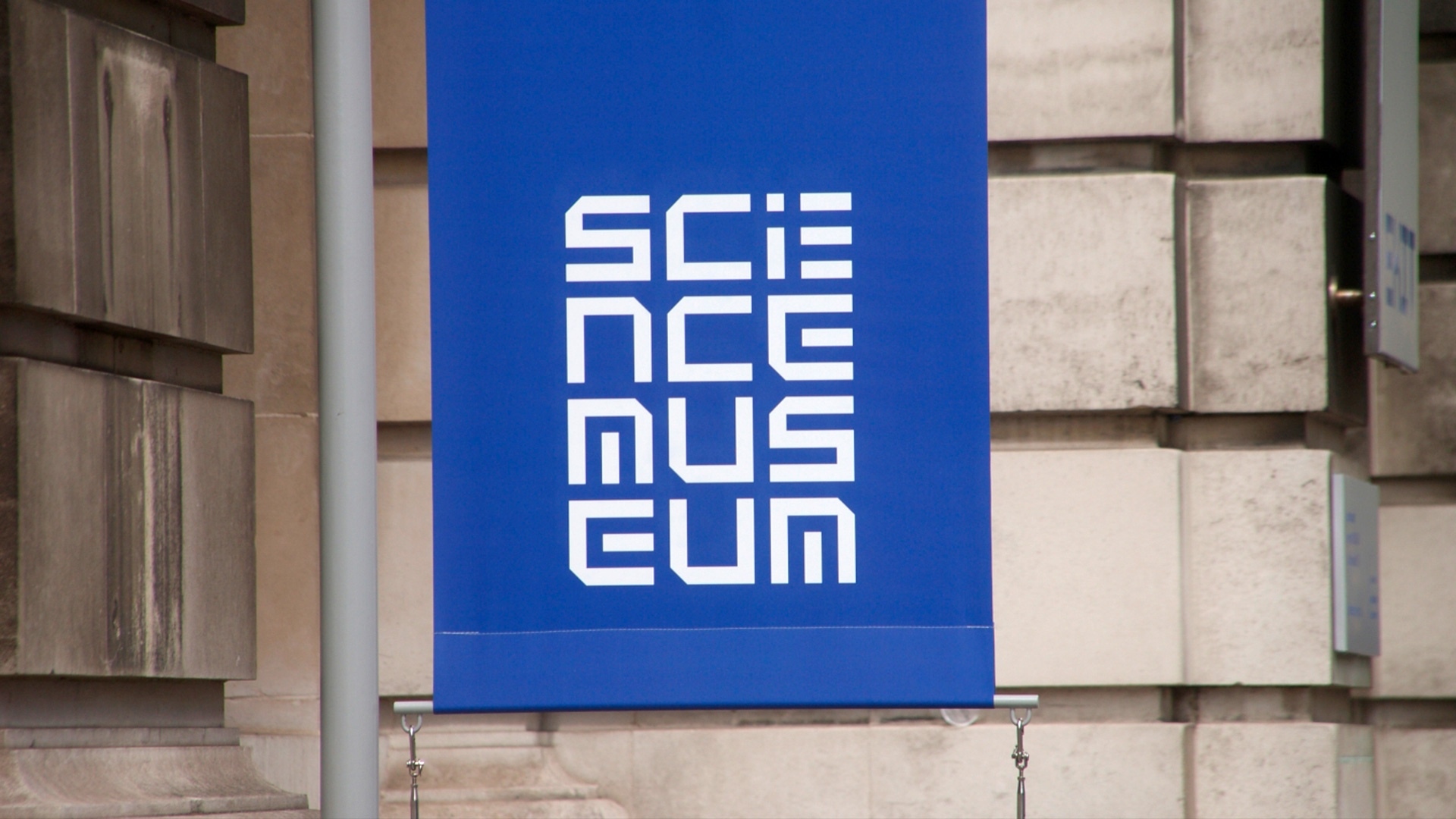Design trends of 2018
Computer Arts magazine recently asked us for our views on the standout #designtrends of 2018. Here’s what got our attention.
The Millennial Filter
#fintech and financial services start-ups are favouring a similar colour palette in their branding – restricted colours, typically in pastel hues. Flat, soft-edged vector illustrations are also popular. Monzo was one of the first to do this, followed by the likes of Habito, Kinsu, Tink and Trussle. These brands all target millennials, and the branding is obviously intended to create a friendly, human feel that will appeal to that demographic. But this ‘Millennial Filter’ is already becoming familiar and will soon be a cliché.




Back to the future
We’ve noted a trend for designers to use heritage to modernise brands, with Tate, Co-op and John Lewis recent UK examples. It’s a valuable reminder that sometimes the way forward is to look back. Also, if something is working, leave it alone. Even if it’s been around for a while. We’ve applied this principle at Deutsche Bank for the past 10 years. The brand looks and feels very different in 2018 compared with 2008, but the logo has stayed the same. Because it ain’t broke...



It’s the whole experience
Every branding agency will tell you a brand is about much, much more than a cool logo, nice colours and clever words in a sexy typeface. It’s about the customer experience too. The struggles of well-known restaurant chains such as Prezzo, Strada and some of Jamie Oliver’s businesses this year show what can happen when this truth is forgotten. It is important that everything looks good: but what the customer gets has to live up to the promise – otherwise people eat in. That’s why the likes of Just Eat and Deliveroo – who keep it simple and do exactly what they say – are bringing home the bacon.
Where’s the fun?
It’s sad to see brands that have been fresh and different lose their personality. The Science Museum new branding does not have the same sense of fun as the original. Uber has become progressively more corporate. There’s nothing wrong with wanting to appear more grown-up. But we think that joining the minimalist, Swiss-aesthetic in-crowd is a backwards step. It leads to unimaginative and anonymous brands. And where’s the fun in that?


Brands on film
Moving image is becoming the new norm in brand communications. This year some big names embraced the power of film. Film doesn’t just increase media reach, it can bring more breadth, depth and emotion to a brand’s story. That’s especially valuable for business to business brands and in sectors like financial services which deal with the intangible. It’s interesting to see how brands are using film to be more authentic and intimate with audiences who are turned off by TV advertising. The films we made for Deutsche Bank in 2018 represent this trend. They use real-life examples to show what this business does every day, and why that matters.

